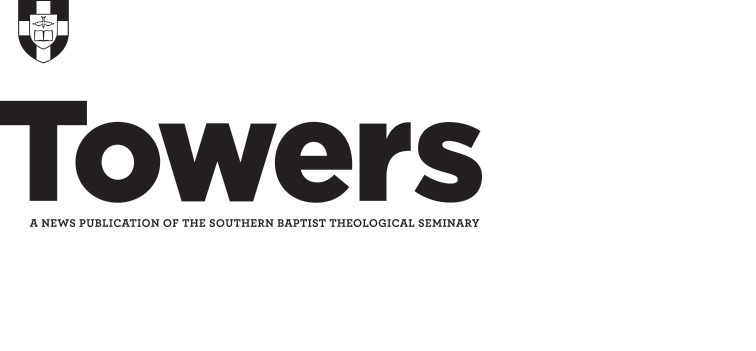If you, as a student at The Southern Baptist Theological Seminary, have taken Greek Syntax and Exegesis, you know required books for the course seem to be as numerous as all the principal parts you have to memorize. Not only are there are plenty of substantive intermediate-level Greek grammars for professors to choose, from Robertson to Wallace, but usually multiple kinds of books you have to buy. A book listing vocabulary (perhaps arranged by semantic domains), a parsing workbook, an introduction to textual criticism, and obviously a Greek New Testament are all necessary components of a full Syntax course at Southern Seminary (to say nothing of lecture notes or further readings summarizing the newest research in aspect theory or middle voice).
Going Deeper with New Testament Greek, written collaboratively by Southern’s own Robert L. Plummer and Southeastern Seminary professors Andreas Köstenberger and Benjamin Merkle, aims to help students expand their knowledge of the language while cutting down on the stacks of papers and books for student and teacher alike.
“Ultimately, we wrote this book with college or seminary students in mind,” the authors write in the preface. “Consequently, our goal was to produce an intermediate Greek text that could be manageably digested when a student reads through the material.”
Plummer, professor of New Testament interpretation at Southern Seminary, wrote five chapters for the book, including chapters on word studies, sentence diagramming, and discourse analysis, and a final chapter encouraging the student to continue studying Greek. The final two pages of the book are quotes from various figures from church history, from Erasmus to Wesley, about the study of Greek.
“If you are reading this chapter just prior to graduation, don’t despair,” Plummer writes. “You simply need to face with stark honesty the danger of your apostasy from the language you have come to love.”
The book is accessible throughout, with each chapter following a clear and helpful structure, including practice sentences, vocabulary lists, and a built-in reader for reading large chunks of the Greek New Testament. Tables throughout the book provide information in a neat, easy-to-reference format.
It includes numerous teacher aides also, allowing those who teach the language at any level to use a new textbook in their class without needing to prepare new quizzes and exams. Powerpoints, chapter summaries, midterm exams, final exams, and Moodle quizzes synced with the book are also available for teachers to download.
The book incorporates some of the newest research in the study of Greek, including discussions on discourse analysis, verbal aspect, and recent advances in textual criticism. The teaching on text criticism is the opening chapter of the book, since students should know what the text is before they try to figure out what it means, Plummer said.
Going Deeper is easy to read, and not only works as a reference grammar but can enjoyably be read cover-to-cover, with the chapters arranged in sequential order matching a professor’s lecture schedule. It gives students of various levels of learning — from someone fresh out of baby Greek to the doctoral candidate — a chance to strengthen their Greek from the ground up, offering encouragement along the way.
(B&H Academic 2016, $49.99)




